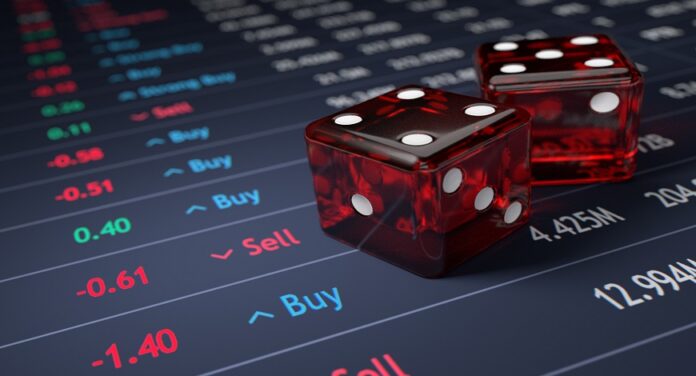NFTs seem to be all over the internet. There isn’t any place where netizens can escape them. Twitter has even updated to allow users to choose an NFT for their profile picture. Recently, an NFT of Nelson Mandela’s arrest warrant sold for R1.9 million. What exactly does NFT stand for and why is it being pushed by so many companies?
Let’s start with the basics…
NFT stands for non-fungible token.
They didn’t even exist two years ago and yet last year alone, people spent a reported $25 billion on them. It all seems kind of dodge and a little confusing to understand. However, here is a little explainer on what they are. The tokens are based on the economic concept of fungibility. It is defined in the Oxford Dictionary as the ability “to replace or be replaced by another identical item,” or to be “mutually interchangeable.” Currency is a fungible asset, as are oil and gold. So non-fungible means that it cannot be interchangeable.
They are a non-interchangeable unit of data stored on a blockchain, a form of digital ledger, that can be sold and traded. They can be associated with digital files such as photos, videos and audio. Each of the tokens are supposedly uniquely identifiable so they differ from blockchain cryptocurrencies, such as Bitcoin.
So how does it work?
Creators upload and certify (or as it’s known in NFT lingo – mint) any digital asset. This could be a 3D animation, a video clip, tweets or music on the Ethereum blockchain. During the minting process of the blockchain, the NFT is codified. This established the price and ownership of the NFT. This prevents the file from being forged and replicated digitally. It’s for this reason they are non-interchangeable because each piece contains unique digital properties. This means that no two NFTs are purely identical.
Speaking to Vox.com, Victor, an artist who works under the moniker FEWOCiOUS, said: “The NFT space feels like it’s set up for the artist.” His NFT drops have reportedly netted over $17 million.
Once an NFT has been sold, it can become minted meaning it will be on the blockchain. All the remaining unminted NFTs will be removed permanently from circulation.This is why not everyone has the same amount of success. Some might be making millions of dollars and others nothing at all.
Are they something new?
Well no. Devin Finzer, OpenSea founder explains that just as digital currencies have existed before cryptocurrencies, non-fungible digital assets have existed since the dawn of the internet. Finzer said that domain names, event tickets, in-game items, even handles on social networks like Twitter or Facebook, are all non-fungible digital assets.
The major difference now is reportedly around the ownership. So while digital items have existed in games and other such platforms, people didn’t own them. Think about having jewels in a game like Candy Crush or something similar. You own it in the game but you can’t transfer it somewhere else. Now with the NFTs and the blockchain, it gives the user the ownership of the item.
Is it all just money, money, money?
Well, not exactly. While some creators are minting it (excuse the pun), this is not the case of everyone. Recently Liverpool football club found that out. The club excitedly launched their first NFT collection, the LFC Heroes Club, in partnership with famous London auction house Sotheby’s. They have an extensive social media campaign to share the collection. The figures that emerged after the collection launched showed that it earned £1.125m in revenue. Yet 95% of the collection had not been sold. And one of the main reasons fans weren’t on board with the collection is a reason being given by many as to why they aren’t buying into the whole NFT craze: the environmental cost.
RELATED:
Get rid of your debt first before making it rain
So what are the cons?
Well there is the financial risk of course and whether the collectors and buyers really appreciate the art they are buying. While it’s cool that the proceeds from the sale of Mandela’s warrant will go towards helping Liliesleaf Farm heritage site and museum stay afloat, there are questions about whether its importance will be appreciated.
Another reason why NFTs are getting some flack is the environmental impact. There is the electricity consumption impact. A lot of internet and electricity is needed to ensure the NFTs can be mined and minted and all of the things. While there are no concrete statistics around how much electricity is being consumed and the exact carbon footprint, it can be deduced that it’s a lot. Then there is also the fact that computer hardware will need to be developed to keep up with the various processes. This all adds up to a high carbon footprint.
So lastly, is it here to stay?
Likely. While there have been many booms and busts over the years in the digital space, NFTs are still relatively new so it’s likely that they aren’t going away anytime soon.
(However, the author of this article would just like to make it known that they are a little tired of typing out NFT and won’t be typing it out again anytime soon)









